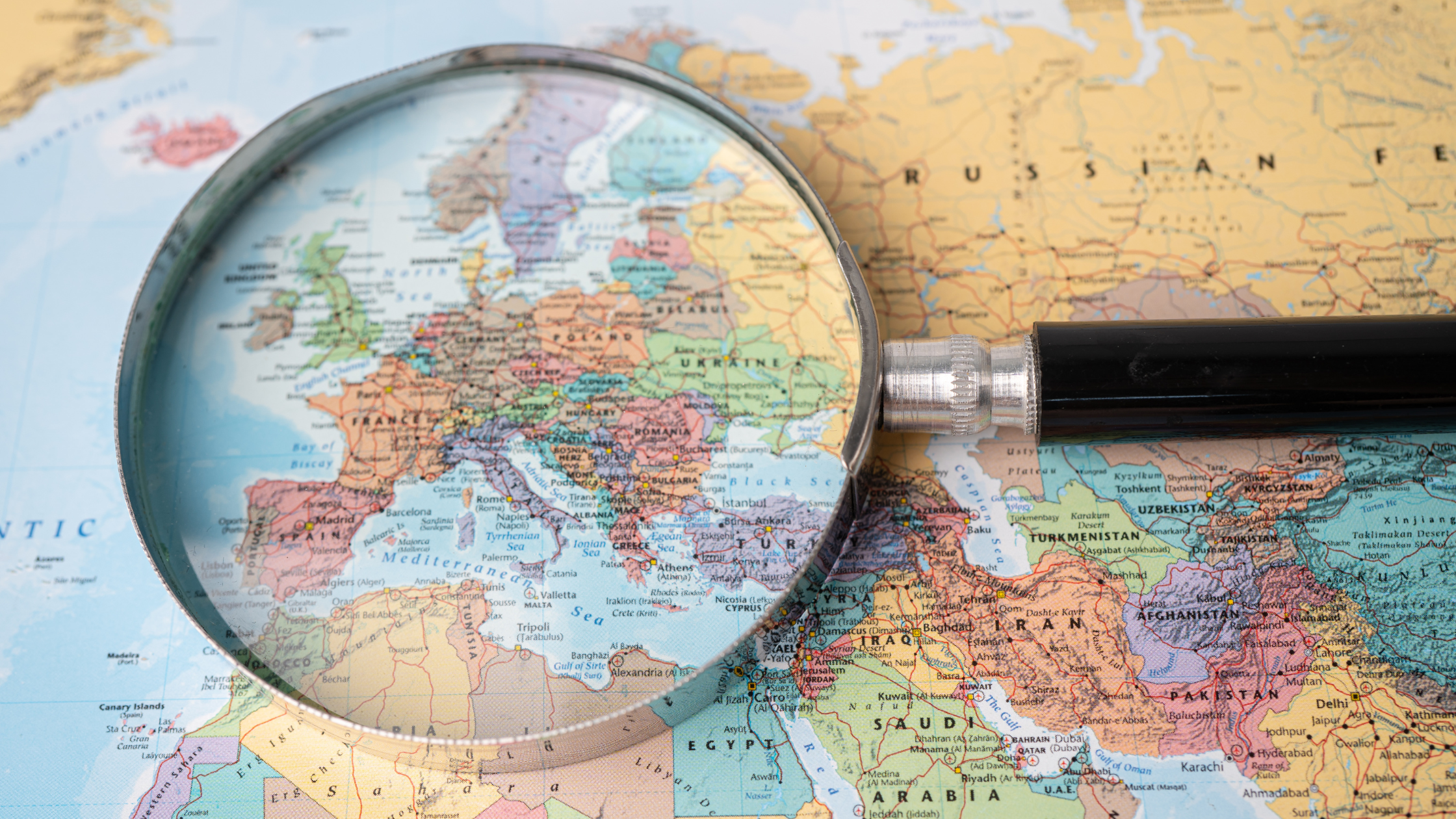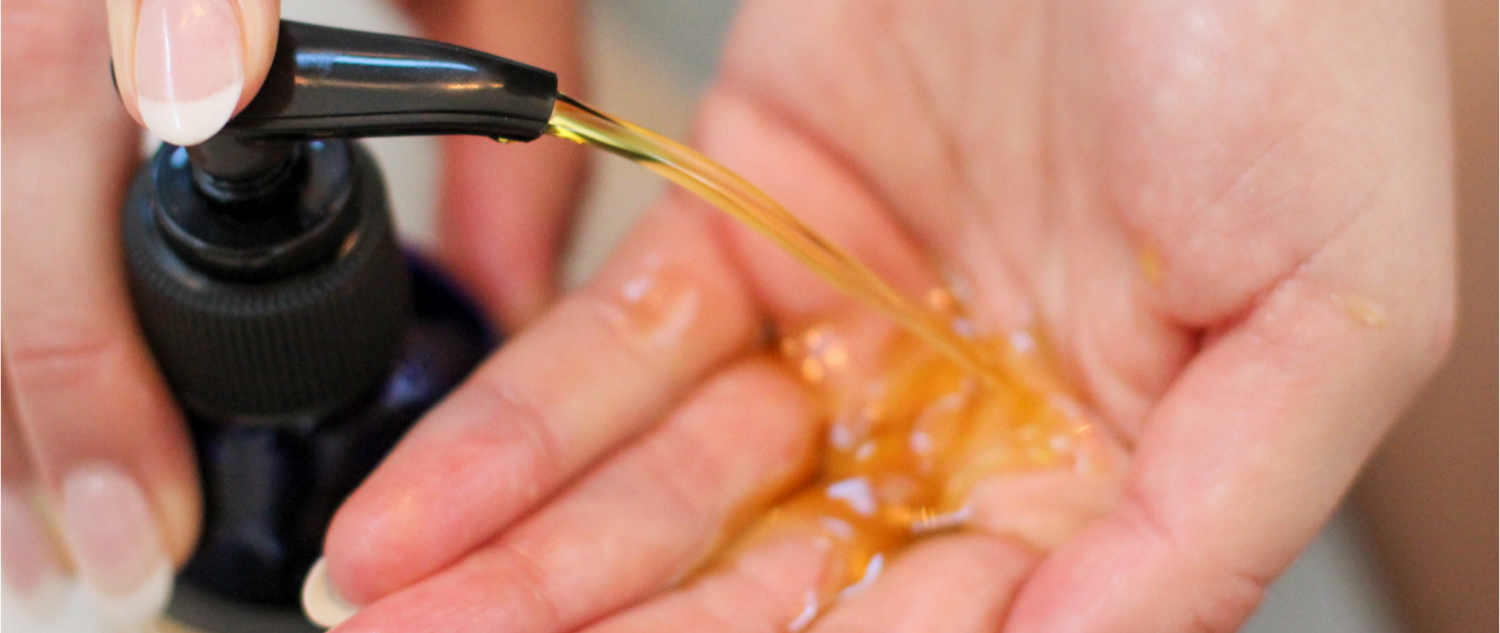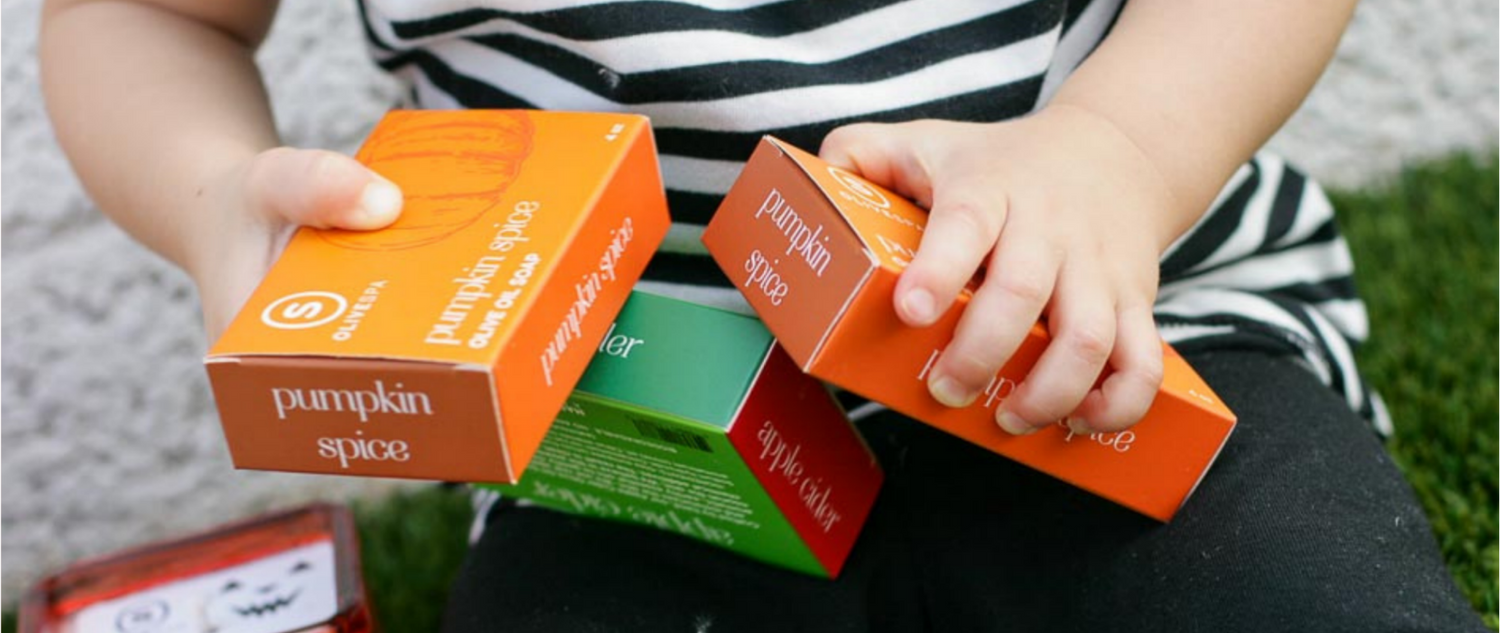When it comes to skincare, understanding the ingredients in our products is crucial for making informed choices about what we apply to our skin. The regulations surrounding skincare product ingredients differ across regions, particularly between the European Union (EU) and the United States (US). In this blog post, we'll compare the prohibited ingredients in European skincare products versus American skincare products, shedding light on the varying standards and regulations in place.
European Skincare Product Regulations:
The EU has established strict regulations to ensure the safety and integrity of skincare products. The European Commission's Cosmetic Regulation outlines a comprehensive list of banned or restricted substances. The EU has banned over 1600 chemicals from personal care products. The approach in the EU often follows the precautionary principle, which means that certain ingredients suspected of being harmful or potentially dangerous are prohibited, even in the absence of conclusive scientific evidence.
Some commonly prohibited ingredients in European skincare products include:
1. Parabens: Certain parabens, such as isopropylparaben and isobutylparaben, are banned due to concerns over their potential endocrine-disrupting properties.
2. Formaldehyde and Formaldehyde Releasers: These ingredients, known for their preservative properties, are prohibited due to their potential to cause allergic reactions and irritation.
3. Hydroquinone: A skin-lightening agent, hydroquinone is banned in the EU due to its potential for skin irritation and concerns over its long-term safety.
American Skincare Product Regulations:
In the United States, the regulation of skincare product ingredients differs from the EU. The Food and Drug Administration (FDA) oversees the cosmetics industry, but it has more limited authority compared to other product categories. Skincare products in the US do not undergo pre-market approval or testing for safety or efficacy, except for color additives.
The US has banned only 11 (read that again) chemicals from personal care products.
The regulations surrounding skincare product ingredients in the EU and the US differ significantly. The EU takes a precautionary approach, prohibiting or restricting ingredients suspected to be potentially harmful, even in the absence of conclusive scientific evidence. In contrast, the US has a more lenient approach, focusing on post-market surveillance and addressing safety concerns as they arise.
As consumers, it's important to be aware of these variations and carefully examine the ingredient lists of skincare products we use. It is also beneficial to educate ourselves about specific ingredients and potential risks associated with their use.
Unfortunately this makes being a skincare consumer in the United States very risky. This is exactly why our founder, Brenda Rea, started Olivespa in the first place. She started Olivespa to address her kids' skin concerns naturally.
At Olivespa, our products are *always clean, cruelty free, made with all natural ingredients, *and created without:
Parabens, Silicones, Sulfates, Mineral oil, DEAs, TEAs, PEGs, Petroleum, Formaldehyde, Lead, Phthalates, Toluene, or Talc.





